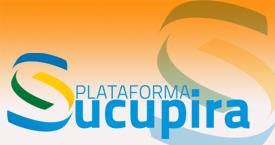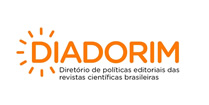How communicators work in pandemic Covid-19?
DOI:
https://doi.org/10.33239/rjtdh.v.76Abstract
This article deals with the results of the research: How do communicators work in the Covid-19 pandemic? The non-probabilistic investigation, of an exploratory nature, applied a questionnaire with open and closed questions, online, via the Google platform, in the period from 5 to 30 April, and was available on social networks of Communication and Work Research Center and research partners. The questionnaire obtained 557 respondent communicators from all over the country, in different work activities. The results, discussed in this article, show that, there is an increase in working hours, there is an intensification of work activity, with the use of own equipment, whose costs burden the communicator; the use of platforms and applications in the production process was intensified for the organization, control of work management, production routine and, above all, information flow. Companies, in general, adopted the home office and, when the activity does not allow distance, created mixed shifts, in person and at a distance, in these cases, the adoption of PPE presents itself as a complicator of the worker-company-public relationship. In the home office, communicators need to reorganize the domestic space and monitor their children. Professionals feel more tired, insecure about the future, fear contagion, for the lives of family members, the situation of collapse of the health system, but are concerned with work: losing their jobs, having a salary reduction, losing contracts etc. they are worries that torment and make workday more stressful. Even with all these problems, there is a great commitment to get the job done.
Downloads
Downloads
Published
Issue
Section
License
Copyright (c) 2020 Roseli Figaro, Janaina Visibeli Barros, Naiana Rodrigues da Silva, Camila Acosta Camargo, Ana Flávia Marques da Silva, João Augusto Moliani, Jamir Osvaldo Kinoshita, Daniela Ferreira de Oliveira

This work is licensed under a Creative Commons Attribution 4.0 International License.










